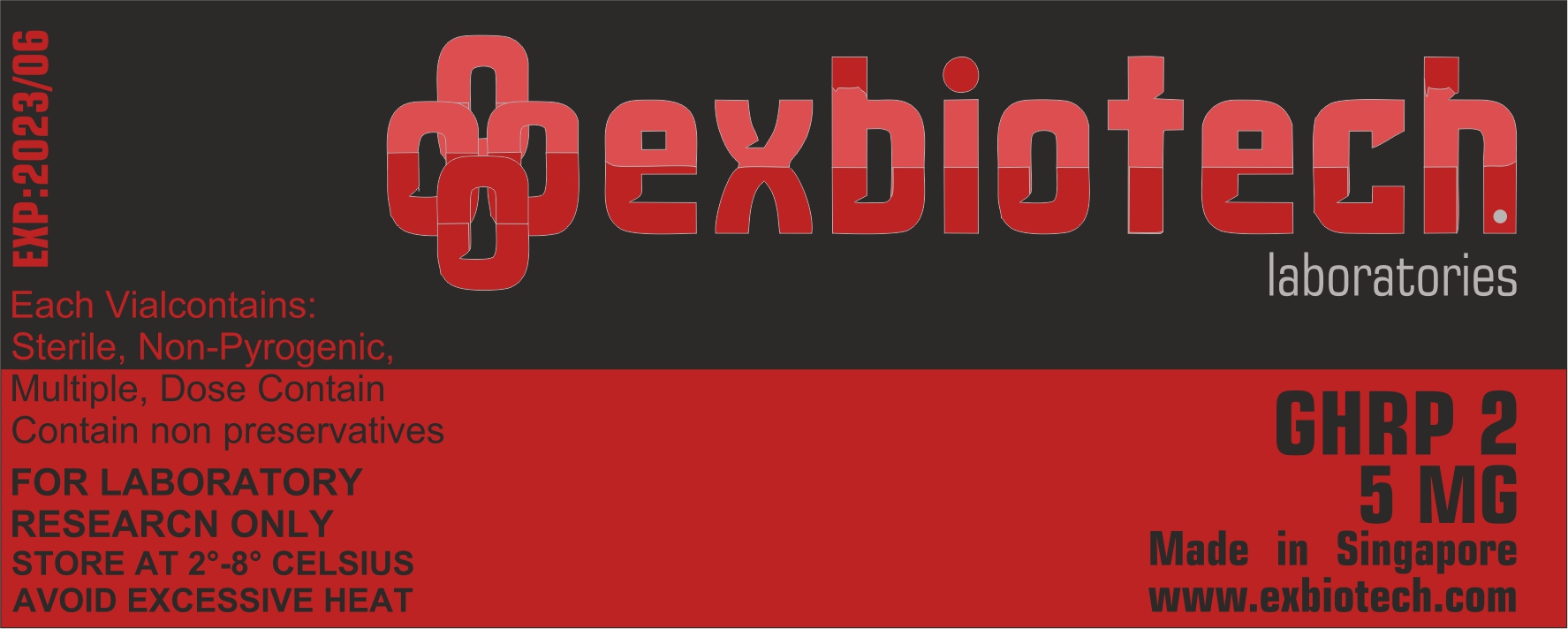Peptide Products

CJC 1295

DAC CJC

Follistatin 344
Follistatin-344 significantly increases growth and strength of muscles by blocking Myostatin (GDF-8 – a protein inhibiting muscle growth). Follistatin-344 seems to be a very promising Myostatin inhibitor, possessing a sufficient safety profile.

FRAGMENT-176-191
HGH Fragment (HGH Frag 176-191) is a peptide hormone of the Growth Hormone (GH) class. Specifically, HGH Frag 176-191 is as its name implies a fragment of the GH hormone, a piece or part of the GH hormone. Human Growth Hormone (HGH), the tail end of the hormone is cut off and what’s removed is HGH Frag 176-191. This is the part of HGH that represents its fat burning power. This will be the primary and perhaps only purpose of HGH Frag 176-191, for use in fat loss and dieting. The studies on HGH Frag 176-191 date back into the 1970’s and in the early 1980’s were confirmed in terms of the fragments ability to directly affect adipose tissue.

GHRP-2
GHRP-2, like its brother GHRP-6, is a hexapeptide that is a pure growth hormone secretagogue. In addition, GHRP-2 is a synthetic agonist of ghrelin. Unlike GHRP-6, this peptide does not bring on the heavy hunger side effects associated with GHRP-6; however, some users will notice slight increases in hunger. Somewhere in between GHRP-6 and iPamorelin, this hexapeptide has the ability to be a serious contender when considering which GHRP to use with your GHRH.

GHRP-6
GHRP-6 (Growth Hormone Releasing Hexapeptide) is a peptide hormone of the Growth Hormone (GH) class. The purpose of GHRP-6 as is with all related peptides is to increase the amount of natural GH production in the body. Increases in GH can be beneficial to anabolism, fat loss, recovery and general well being as well as serve possible anti-aging purposes.

IGF-1-LR3
IGF-1 is a polypeptide hormone, very similar to insulin as far as molecular properties go, hence the “IGF” standing for “insulin-like growth factor”. IGF-1 LR3 is a chemically altered form of IGF-1, only more potent. It is also debated as to if it creates muscle hyperplasia, which would increase the total number of new muscle cells created into the muscle it was specifically injected into. This makes it ideal for bringing up lagging body parts.

IGF-1 DES
Insulin Like Growth Factor (IGF)-1 (4-70), otherwise known as IGF-1 DES, produced in E. coli, is a single, non-glycosylated, polypeptide chain containing 67 amino acids and having a molecular mass of 7,372 Da. In vitro studies demonstrate that at equal doses DES (1-3) IGF is ten times more potent than IGF-1 at stimulating hypertrophy and proliferation in cultured cells. It is likely generated through post-translational modification in the sequence of circulating mature IGF-1 via protease action.

MGF
Mechano Growth Factor, better known as MGF, is a splice variant of Insulin-Like Growth Factor-1 (IGF-1). This hormone is largely responsible for the healing and building of damaged muscle tissue post exercise or any other activity that causes damage to the muscle tissue. Although somewhat simplistic to say, the best way to view MGF is as a byproduct of IGF-1, specifically, IGF-1Ec, which represents the predominant splice in the two splice system created by IGF-1.

PEG MGF
PEG-MGF (Pegylated Mechano Growth Factor) is one of my personal favorite peptides. In fact, it’s the best variant of IGF on the market today when it comes to site growth. Specifically, it’s a IGF-1Ec splice that’s responsible for both damaged muscle recovery and satellite cell growth.

TB-500
TB-500 is a peptide fragment hormone that is primarily used in the treatment of various muscle injuries or pain caused by inflammation. There is very little official human data available for this product; however, it has been a longtime hormone used in racehorses. TB-500, although synthetic, serves to act as a synthetic form (loosely) of Thymosin Beta-4 (TB-4). TB-500 is not TB-4; although very commonly confused as TB-4, it is designed to provide the benefits of the naturally occurring thymus produced hormone.
